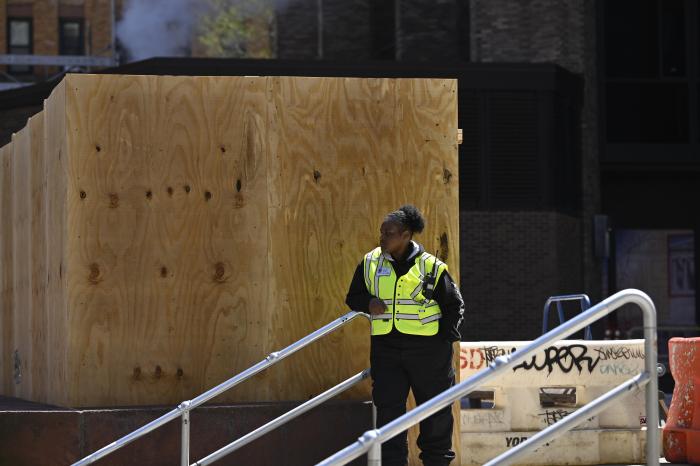By Dustin Brown
Although Long Island City has failed to immediately attract Manhattan companies affected by the World Trade Center disaster, borough business leaders are confident that the businesses will come.
“It won’t be immediate, but it’s going to be a long-term trend,” said Dan Miner, the director of business services at the Long Island City Business Development Corporation.
The borough president’s office compiled an inventory of available office space in Queens soon after the disaster.
About half the 200 sites on the list are concentrated in western Queens, an area that has been heavily touted in recent years as an alternative to Manhattan for new office and residential space. In July the City Council rezoned 37 blocks of Long Island City for high-density, mixed-use development with the idea of creating a major business district.
“We have not seen a flood of these tenants coming into Long Island City,” said Jon Maltz, an executive at Greiner Maltz Company, a real estate firm in Long Island City.
Displaced businesses have turned instead to Jersey City and Midtown Manhattan, where there has been a surplus of available space.
“They just may be so focused on getting Manhattan space that they may not be taking the time to look at the excellent real estate values that are currently available in Queens,” Miner said.
At least one organization has already turned to Long Island City, however. The New York Board of Trade, the nation’s fourth largest futures exchange, began trading over two weeks ago in a cramped emergency space, which was built following the World Trade Center bombing of 1993.
Another major corporation, the Metropolitan Life Insurance Company, signed a lease months ago to move well over 1,000 employees into a newly renovated Queens Plaza facility, and Citibank occupied its 50-story Long Island City tower in 1989.
Although the neighborhood has already shown promise as a business district, real estate agents never expected Queens to lure major financial institutions in the aftermath of the Trade Center disaster, because the borough does not have enough high-grade Class-A office space to accommodate them.
But they had anticipated that smaller businesses would turn to Queens, where a fair supply of office spaces ranging from 500 to 500,000 square feet are available.
Richard Lichaw, the vice president of Kaplon-Belo Associates real estate brokers in Long Island City, expected a windfall of inquiries from smaller businesses he thought would want to escape Manhattan. But it has been more like an autumn breeze.
“I figured companies would have to get up and running immediately, and they would go out the next day or two days later,” he said. “I guess people internally are still in a state of shock, trying to evaluate what they’re doing, what their plans will be.”
For Margie Seaman, president of Seaman Realty and Management Company in Long Island City, frequent inquiries by Manhattan companies have not been matched by lease agreements.
“The volume of calls is continuing, but the deals have not been signed at this point, nor have any been signed in the boroughs as a result of the attack, to the best of our knowledge,” she said. “But there is a huge volume of calls and interest, and I think it’s really too early to tell.”
Many insiders believe the impact on Long Island City will come more gradually, as the World Trade Center disaster causes a gradual shift in real estate trends.
“When the available Manhattan space then fills up, they’re going to be forced to turn to very suitable properties in Queens and Brooklyn,” Miner said.
Long Island City was already expected to draw Manhattan businesses before Sept. 11, and Maltz believes the neighborhood will now develop more rapidly to accommodate new tenants.
“What may happen is this may be an impetus for the new construction that the zoning will allow,” Maltz said. “It may ultimately end up with the unintended consequences of creating development needs in Long Island City.”
Reach reporter Dustin Brown by e-mail at Timesledger@aol.com or call 229-0300, Ext. 154.
































